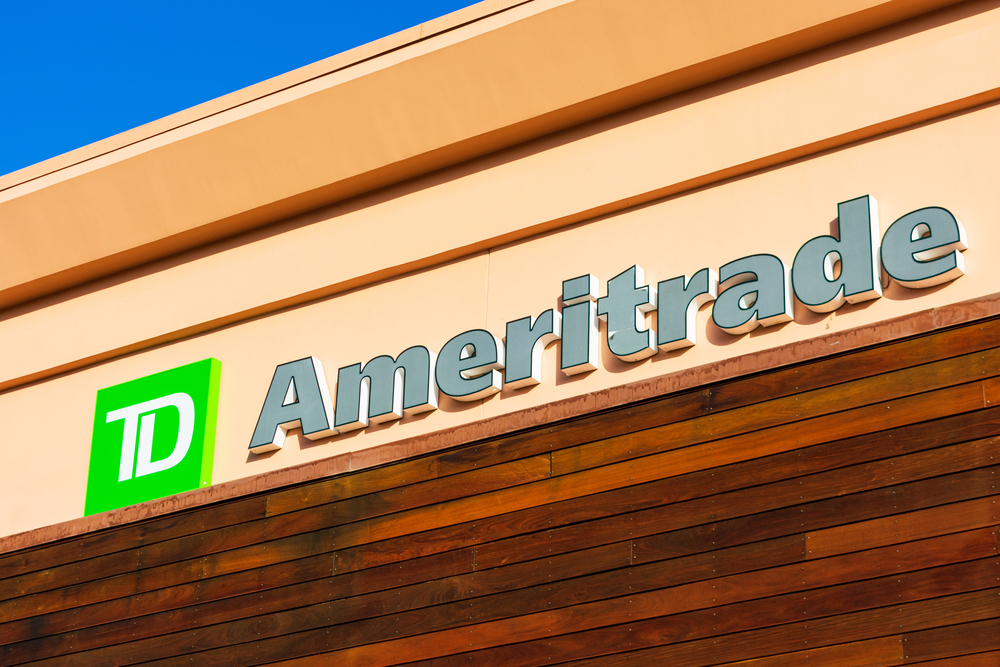When it comes to enhancing your business’s visibility and brand recognition, a well-crafted commercial sign is invaluable. However, the process of getting from design to installation can seem daunting. Understanding what to expect during your commercial sign installation process can help ensure a smooth and successful project. In this article, we’ll guide you through each step, from initial consultation to the final reveal, so you’re well-prepared for what lies ahead.
Key Takeaways:
- A successful commercial sign project starts with a detailed consultation and clear design objectives.
- Understanding local zoning and permit requirements is crucial for compliance and smooth project execution.
- The fabrication stage is where your sign takes physical shape, emphasizing the importance of quality materials and craftsmanship.
- Proper site preparation and professional installation are key to ensuring the durability and effectiveness of your sign.
- Post-installation, a final inspection and maintenance guidance are essential for the longevity of your commercial sign.
Comparison Table: The Sign Installation Process
| Phase | What to Expect |
|---|---|
| Initial Consultation | Discussion on design, objectives, and budget |
| Design Approval and Permits | Design mock-ups, revisions, and permit acquisition |
| Fabrication | Regular updates, use of high-quality materials |
| Site Preparation & Installation | Site prep work, scheduled installation |
| Final Inspection & Maintenance | Quality inspection, maintenance guidance |
Initial Consultation and Design
Commercial Sign Consultation
The journey to a new commercial sign often begins with a consultation. This initial meeting with your sign company is crucial for setting the project’s direction. You’ll discuss your vision, objectives, and budget. Experienced sign professionals use this time to gather all necessary information to design a sign that meets your needs and complies with local zoning laws and regulations.
What to Expect:
- Discussion of design preferences and objectives
- Overview of sign types and materials
- Consideration of local zoning and permit requirements
Design Approval and Permits
Sign Design Approval
After the consultation, the design team will create a proposal for your sign, including visual mock-ups and detailed specifications. This phase requires your approval; ensure the design aligns with your brand and meets your expectations. Concurrently, the sign company should handle the acquisition of necessary permits, a process that can vary in duration depending on your locality’s regulations.
What to Expect:
- Presentation of design mock-ups
- Revision requests and final approval
- Permit application and approval process
Fabrication of Your Sign
Commercial Sign Fabrication
With design approved and permits in hand, fabrication begins. This stage transforms your sign from a concept into a tangible asset. The duration of fabrication depends on the complexity of the sign and the materials used. High-quality signs require attention to detail and precision, ensuring durability and impact.
What to Expect:
- Regular updates on the fabrication progress
- High-quality materials and craftsmanship
- A timeline for completion and installation
Site Preparation and Installation
Sign Installation Process
Preparation of the installation site is essential for a seamless installation day. This might involve electrical work for illuminated signs or structural modifications to ensure safety and compliance. The installation process itself will be scheduled in advance, with the sign company providing all necessary equipment and expertise to securely install your new commercial sign.
What to Expect:
- Site preparation, including any necessary electrical work
- A scheduled installation date
- Professional installation ensuring safety and durability
Final Inspection and Maintenance Tips
Commercial Sign Maintenance
After installation, a final inspection ensures the sign is installed correctly and functioning as intended. This is also a time to discuss maintenance and care with your sign company. Proper maintenance is crucial for extending the life of your sign and keeping it looking its best.
What to Expect:
- Inspection to ensure quality and functionality
- Guidance on maintaining your new sign
- Warranty and service information
FAQs: Commercial Sign Installation
- How long does the commercial sign installation process take?
- The timeline can vary based on design complexity, permit acquisition, and fabrication. Expect several weeks to a few months.
- Can I design my own sign, or do I need to work with the company’s designers?
- While you can propose designs, working with professional designers ensures compliance, quality, and alignment with branding.
- What are the most common types of commercial signs?
- Types include illuminated signs, monument signs, channel letters, and digital signage, each offering different benefits.
- How do I know if my sign complies with local regulations?
- Your sign company should be knowledgeable about local zoning laws and obtain the necessary permits for you.
- What maintenance is required for commercial signs?
- Maintenance can include cleaning, electrical checks for illuminated signs, and structural inspections to ensure longevity.
- What should I do if my sign is damaged or needs repair?
- Contact your sign company for repair services, especially if under warranty. Regular maintenance can prevent many issues.
Conclusion
Understanding the commercial sign installation process can demystify what can sometimes seem like an overwhelming project. By partnering with a reputable sign company, you can ensure that your new commercial sign is not only a reflection of your brand but a durable and compliant addition to your business.
For businesses looking to make their mark, knowing what to expect during the sign installation process is the first step towards achieving impactful brand visibility. Remember, a well-designed and professionally installed commercial sign is an investment in your business’s future.


